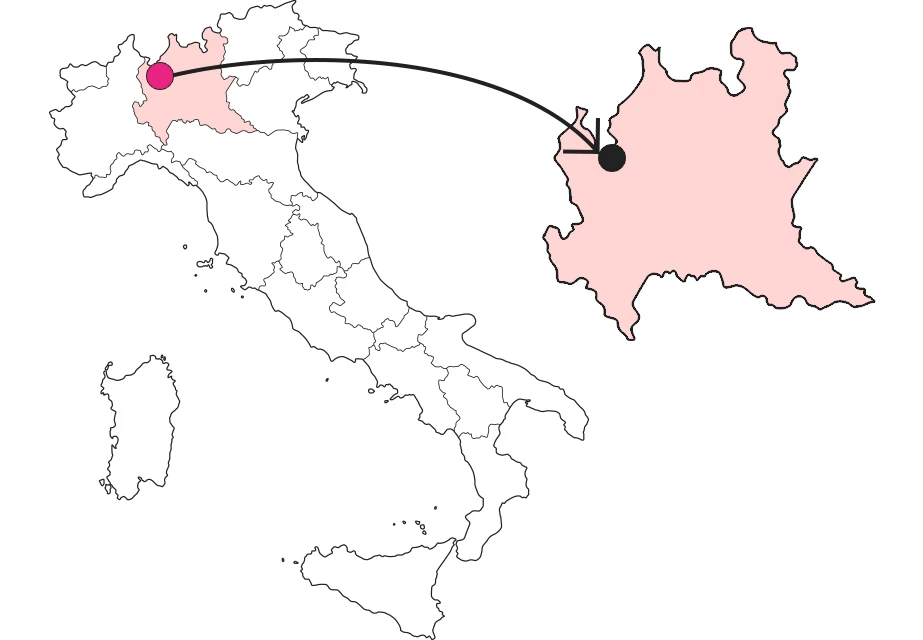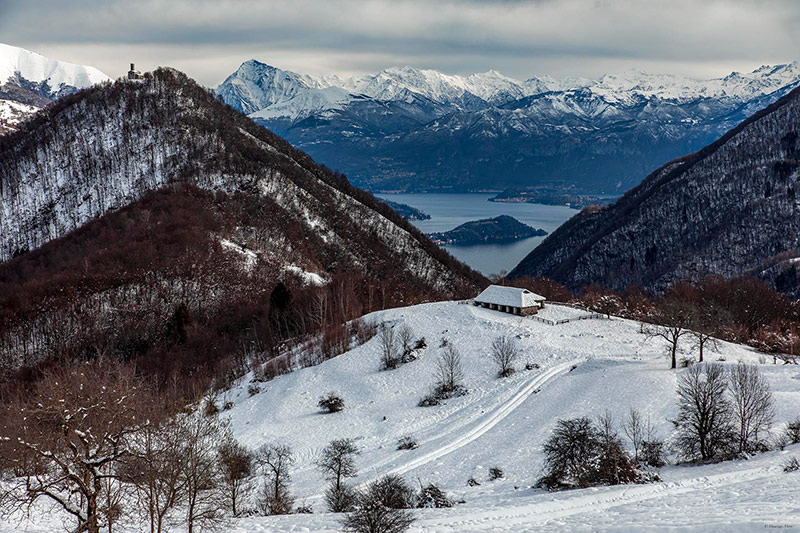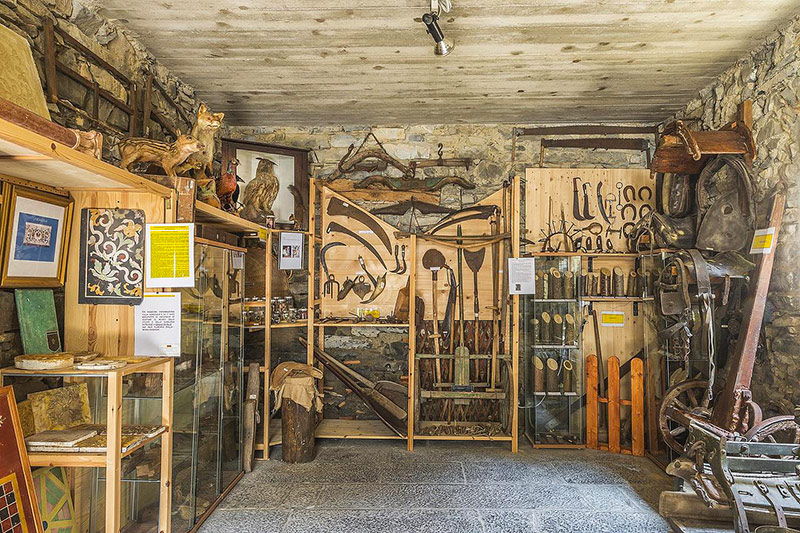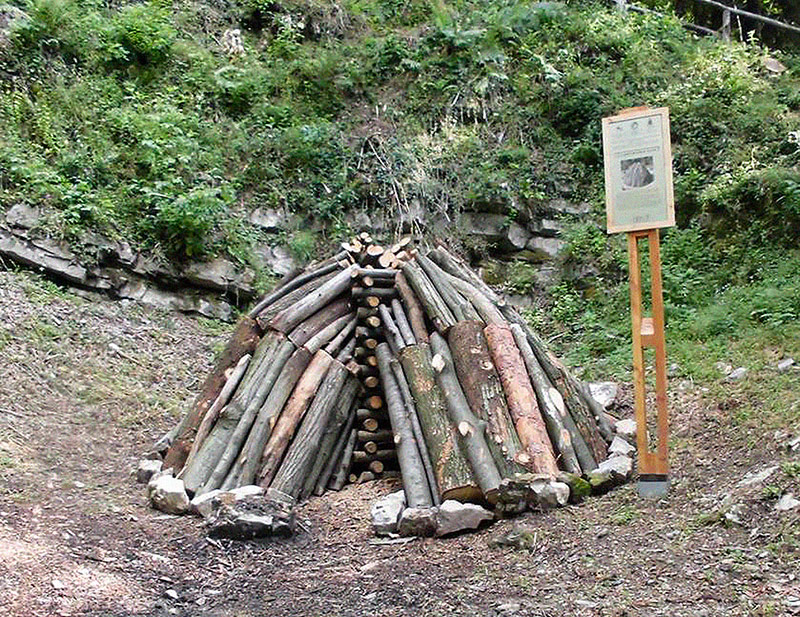SHARRYLAND








The "sostre" and rural life in the Intelvi Valley.
Rural history told in the shadow of old alpine stables


Where

Small stone barns
If you venture by bike or on foot through the Intelvi Valley you will invariably find yourself crossing pastures that have been used by residents for centuries to graze their livestock. Especially for city dwellers, the sight of these peaceful animals enjoying the meadows elicits much sympathy, but for those with keen eyes, it can also tell very interesting details about the lives of Intelvi farmers. In particular, you may have noticed here and there small stone buildings popping up in the middle of the meadows. Simple and practical, what you have seen are the "sostre," stables that served to protect livestock and who knows, even some shepherds, during the months of mountain pasture. But how did the Intelvese end up here?
Despite the gentleness and beauty of the landscape, the valley's inhabitants faced many, very tough challenges every day. The land, for example, is predominantly rocky and limestone, as well as steep, conditions that forced farmers to create terraces on which to sow everything they might need, from vines to wheat, from corn to potatoes and turnips. Often these people lived in farmsteads on the edge of town, and since they could not live on their crops alone, they owned at least two cows per family. The lucky ones also had a few sheep, a pig, and some chickens. The cows were milked at dawn each day, and the milk was used in the family for homemade home productions, or, taken to the social dairy and processed by the attendant dairyman, who returned the cured forms as a percentage of the milk poured in.
 Sostra Pian delle Alpi, on the mountain to the left San Zeno
Sostra Pian delle Alpi, on the mountain to the left San ZenoAlpine pasture
In summer the herds were driven to the mountain pasture available to each village in the Valley. And it was at night, during summer thunderstorms and in the heatwave hours that they took refuge in the "sostre," the old low stone stables consisting of three walls and roof. The specimens we still find today are in Alpe Grande and Alpe Squadrina on the road to Monte Generoso and at Pian delle Alpi in Cerano d'Intelvi. The young men who provided care for the grazing cows were known as "famèll," the stable workers, who often remained for entire periods alone in the mountains. They were accompanied by the "cascen" who led the flocks and with their hissing whistles rounded up sheep and goats, guiding them in their movements. At night these boys would descend into the valley, turning into "spalloni," or smugglers to the Swiss border. The beasts with their shepherds would return to the village at the first cold spells, where daily, they were accompanied in procession to the communal fountain for watering.
 Small room collecting the tools of Intelvese handicrafts
Small room collecting the tools of Intelvese handicraftsLife in the valley
Of course, agriculture was not the only activity practiced. Many aspects of past times can be grasped by visiting the Ethnographic Museum of Peasant Civilization, Arts and Crafts in Casasco d'Intelvi, where many objects belonging to the daily life of families are collected, as well as work tools. Indeed, precisely because not all trades lend themselves to being represented in the halls of a museum, some evidence can also be found outside. This is the case, for example, of the "carbunàtt," the coal worker who produced charcoal using wood from beech forests. The charcoal kiln (the piuatt) was in the shape of an inverted funnel from the top of which the inner stove was fed for 40 days, tended day and night. The fire burned wood covered by a layer of earth and had to be as slow as possible to exhaust all the oxygen and turn the wood into charcoal. To control it, the charcoal burner would pick up signals such as the color of the smoke and the temperature of the earth covering the charcoal pile; to regulate the temperature, holes were drilled in it (the pipei) for the fire to breathe.
 Along the path of the widespread museum: the charcoal burner's square
Along the path of the widespread museum: the charcoal burner's squareHistory is learned by traveling
There are so many memories linked to this valley, and to recount them all would really take too long, but there is a solution: comfortable shoes and backpacking, to walk the paths that connect the villages of Centro Valle Intelvi,, keeping your eyes open to catch a glimpse of the sostre, the charcoal kilns, the chestnut groves... seemingly simple elements, certainly humble, and yet that have had so much influence on local history!
Enter the Map of Italy's Undiscovered Wonders and find treasures where you least expect it... Inspire, Recommend, Share...
Collections
It is part of the Land
The Map thanks:
In the Community
Enter the Map of Italy's Undiscovered Wonders and find treasures where you least expect it... Inspire, Recommend, Share...
Where

Collections
It is part of the Land


